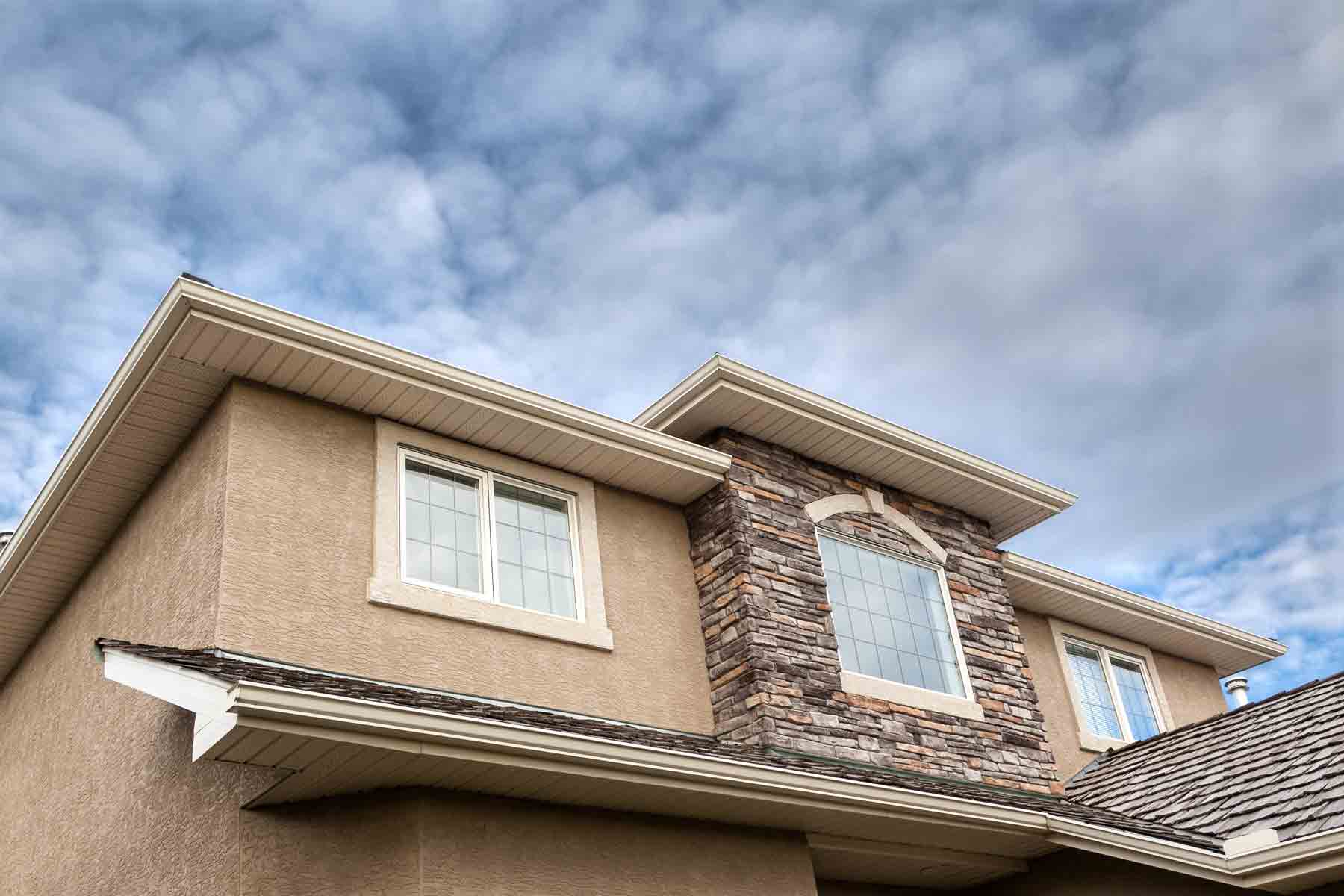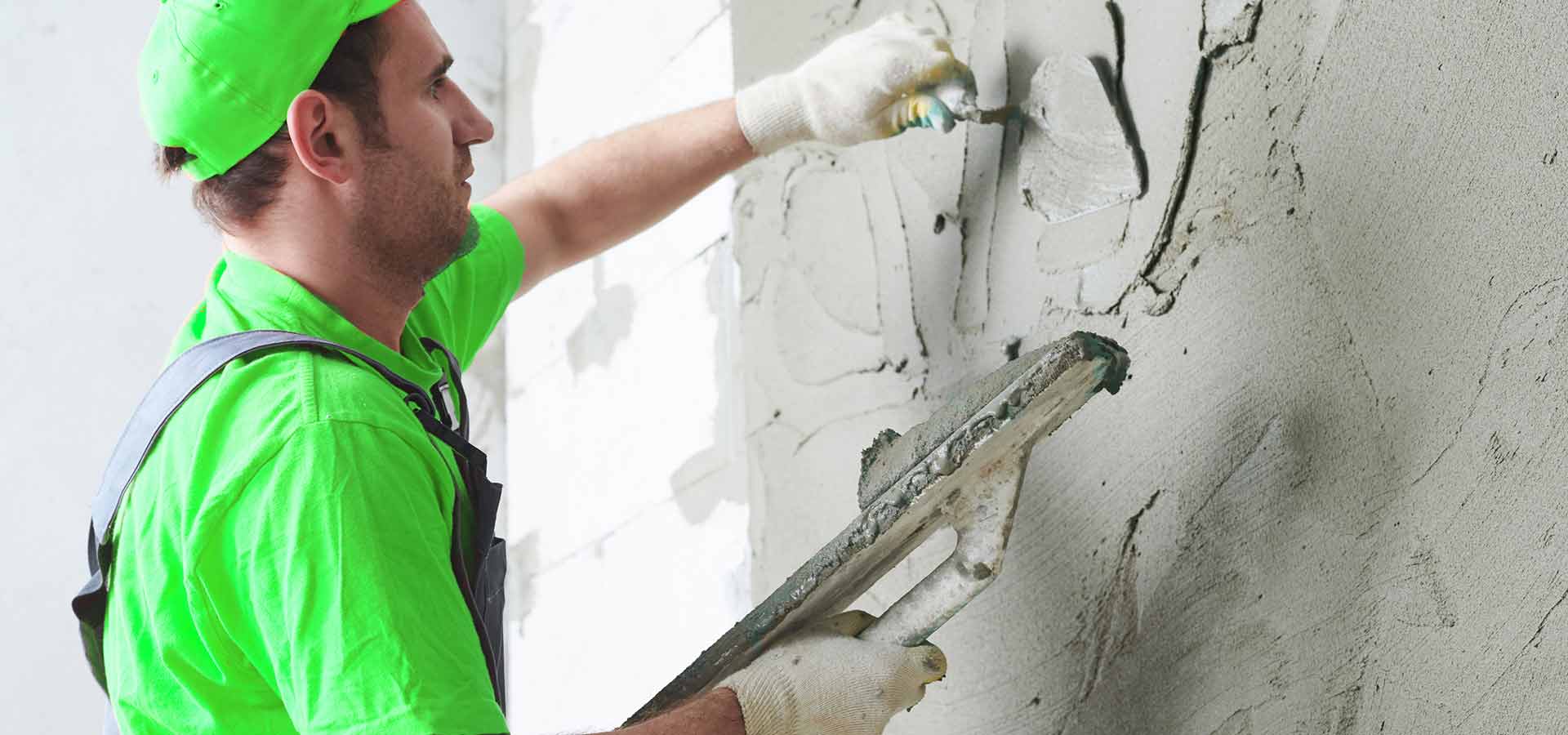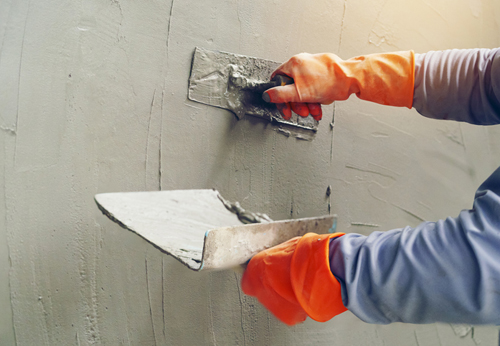Exploring the Convenience of Stucco in Modern Architecture
Stucco has actually long been acknowledged for its aesthetic appeal and flexibility, yet its role in modern style warrants a more detailed assessment. This material, historically significant in numerous architectural activities, now functions as a functional option that enhances both the useful and visual facets of contemporary frameworks. By discovering its cutting-edge applications, from striking facades to energy-efficient layouts, one can value how stucco is redefining the boundaries of architectural expression. This discussion will certainly discover not just its transformative potential yet additionally the challenges it deals with in an evolving sector.
Historic Importance of Stucco
The historical significance of stucco is profound, as it has actually played a crucial role in building practices across different cultures for centuries. Coming from in old civilizations, stucco was used by the Egyptians and Greeks as a durable and flexible surface for both indoor and outside surface areas. Its adaptability to different climates and capacity to mimic much more costly materials made it a preferred choice.
In the Roman age, stucco came to be a main ornamental component, utilized thoroughly in public structures, villas, and temples. The Romans improved the application techniques, allowing for complex styles and alleviation sculptures. Throughout the Renaissance, stucco experienced a rebirth, particularly in Italy, where it was utilized in intricate facades and ornamental information, showcasing the virtuosity of the duration.

Modern Applications in Design
Stucco has actually found restored importance in contemporary design because of its versatility and visual charm (stucco contractor). This typical product is significantly made use of in modern design, connecting the void in between contemporary and traditional aesthetics. Designers and designers appreciate stucco for its versatility, enabling it to be applied in various styles-- from minimal structures to elaborate Mediterranean layouts
In property tasks, stucco provides a tidy, smooth surface that enhances the visual cohesion of exteriors. Its capability to comply with various forms and surface areas makes it a suitable choice for both brand-new buildings and renovation jobs. Furthermore, stucco's toughness and low maintenance needs add to its expanding appeal in urban setups, where long-lasting materials are essential.
Commercial applications have actually also embraced stucco, with many businesses choosing this product to create welcoming and distinct store fronts. Using stucco in public buildings, such as institutions and community centers, showcases its possibility for developing visually appealing environments while giving superb insulation homes.
Color and Appearance Innovations
Checking out color and structure advancements in stucco has opened brand-new opportunities for architects and designers, enhancing the product's aesthetic impact in contemporary building. Current improvements in pigment innovation have enabled a wider range of colors, making it possible for developers to create striking facades that integrate flawlessly with their surroundings or stand out as vibrant architectural statements. This adaptability in color choice provides engineers the capability to stimulate specific emotional reactions and integrate with regional visual appeals.
Appearance innovations have actually similarly changed stucco applications. Techniques such as troweling, spraying, and marking have actually brought about diverse surface area finishes, ranging from smooth and refined to sturdy and tactile. These variants not only add to the structure's character however additionally play a vital function in light interaction, improving the aesthetic depth and dimensionality of surfaces.
Furthermore, the introduction of synthetic stucco options has actually increased layout opportunities, supplying improved sturdiness and weather condition resistance while keeping visual appeal. As designers proceed to try out cutting-edge shade combinations and distinctive surfaces, stucco stays a critical aspect in contemporary style, showcasing the material's versatility and classic significance in contemporary layout.
Sustainability and Energy Performance
Innovations in shade and structure have not only improved the visual appeal of stucco however likewise led the way for greater focus on sustainability and energy efficiency in modern-day design. As environmental problems end up being increasingly popular, the construction market is transforming its attention to materials that contribute favorably to ecological equilibrium.
Stucco, made up mostly of all-natural products such as lime, sand, and cement, provides a sustainable option to more resource-intensive structure materials. Its durability and resilience reduce the requirement for frequent substitutes, thereby lessening waste and resource consumption gradually. Modern-day stucco solutions frequently include energy-efficient additives that enhance insulation homes, lowering home heating and cooling expenses for buildings.
The reflective qualities of stucco can likewise be engineered to reduce heat absorption, adding to cooler interior environments and much less dependence on man-made climate control systems. By promoting energy conservation and lowering the carbon footprint of structures, stucco aligns with the principles of sustainable architecture. As contractors and architects adopt innovative strategies and green methods, stucco stands apart as a functional and responsible selection in contemporary layout.

Study of Stucco Projects
The versatility of stucco as a structure material is exhibited look here in various successful building jobs that highlight its useful and aesthetic benefits. One notable instance is the remodelling of the historic Casa de la Guerra in official statement Santa Barbara, The Golden State. Making use of stucco not only preserved the structure's Spanish Colonial Rebirth style but additionally boosted its longevity and climate resistance, making sure longevity while keeping building honesty.
Another engaging case is the modern residential task, the Cactus Residence in Scottsdale, Arizona. stucco contractor. This striking home functions a smooth stucco coating that balances with the bordering desert landscape. The stucco's light shade mirrors heat, adding to energy performance, while the textured surfaces add aesthetic rate of interest
In Addition, the Kings Cross redevelopment in London showcases the flexibility of stucco in urban i was reading this setups. The application of stucco on modern mixed-use buildings develops a cohesive aesthetic that appreciates historical context while accepting modern style concepts.
These study demonstrate exactly how stucco can offer various building objectives, from preservation and energy effectiveness to visual enhancement, making it a flexible selection in modern design.
Verdict
 In conclusion, stucco's historical importance and modern adaptability make it a useful product in modern style. As shown through numerous instance research studies, stucco continues to play a vital function in shaping the architectural landscape of the modern period.
In conclusion, stucco's historical importance and modern adaptability make it a useful product in modern style. As shown through numerous instance research studies, stucco continues to play a vital function in shaping the architectural landscape of the modern period.
In verdict, stucco's historic value and modern-day adaptability make it a beneficial product in modern design.